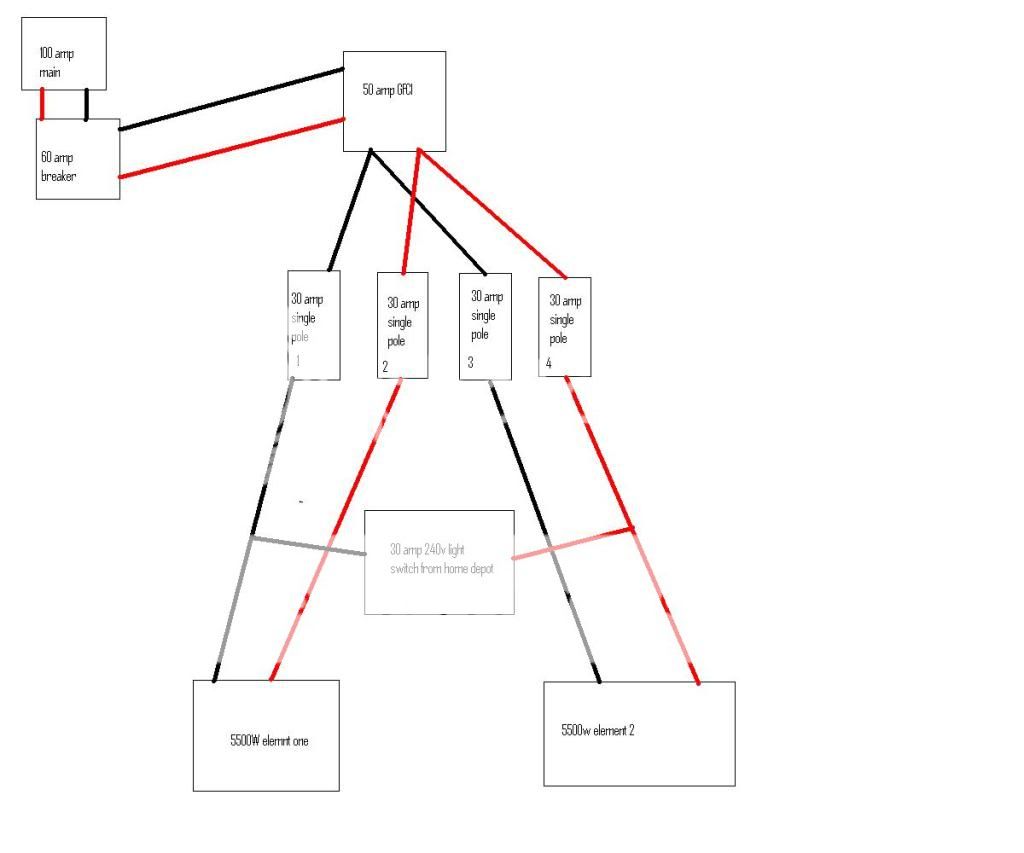I am considering switching from my propane turkey fryer to an electric system. I use a 10 gallone igloo cooler MLT and an 11.5 gallone keggle for a BK. I brew 5 - 7 gallone batches. I have a few questions:
What size / strength / material heating element would work best for a 5 - 7 gallon batch system? Do I need two elements to get a proper boil going? Any specific (make / model) recomendations would be greatly appreciated.
I have a 110v 15amp outlet readily available that could be converted to gfi and upgraded to 20 amp (it's right next to the service panel). I would like to stay away from a 220v element unless there is no real alternative.
Thanks!
What size / strength / material heating element would work best for a 5 - 7 gallon batch system? Do I need two elements to get a proper boil going? Any specific (make / model) recomendations would be greatly appreciated.
I have a 110v 15amp outlet readily available that could be converted to gfi and upgraded to 20 amp (it's right next to the service panel). I would like to stay away from a 220v element unless there is no real alternative.
Thanks!









